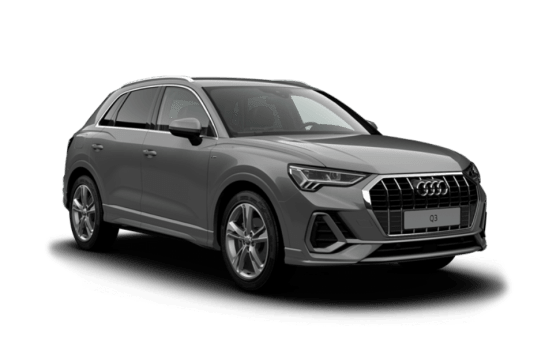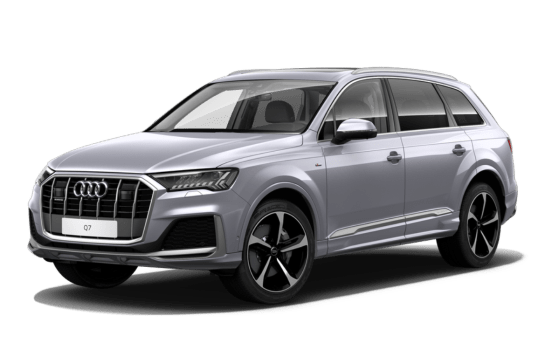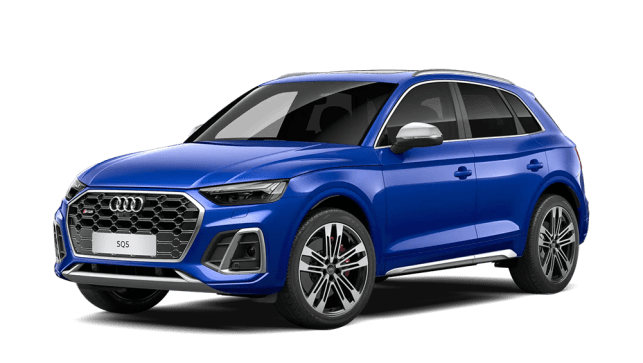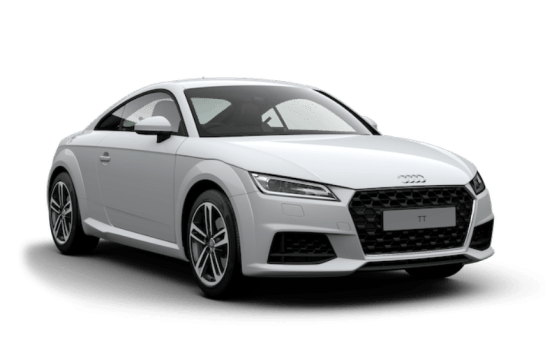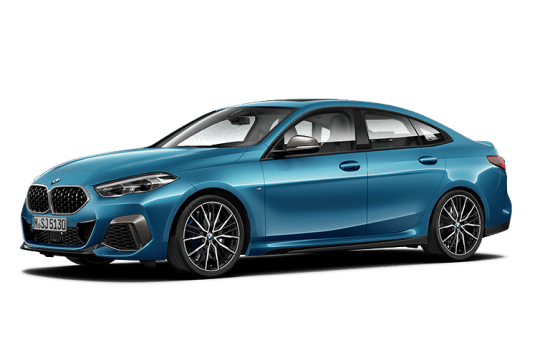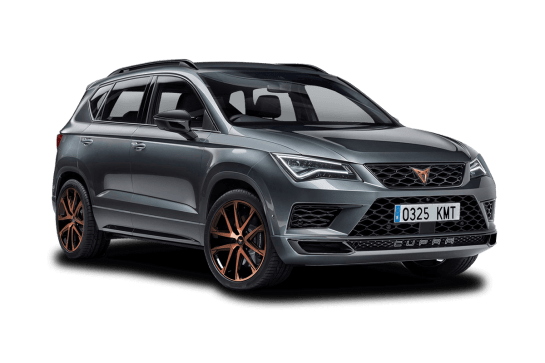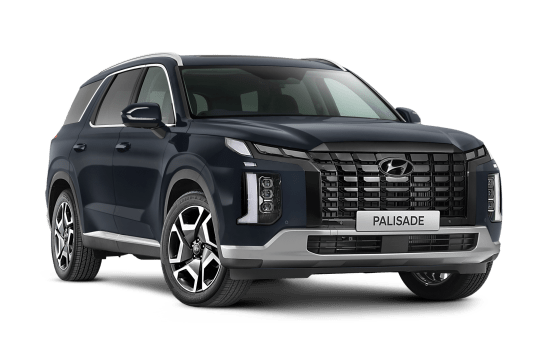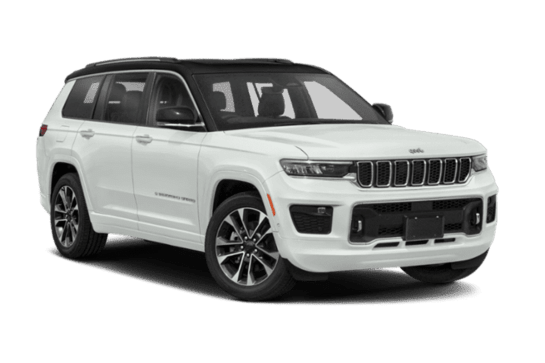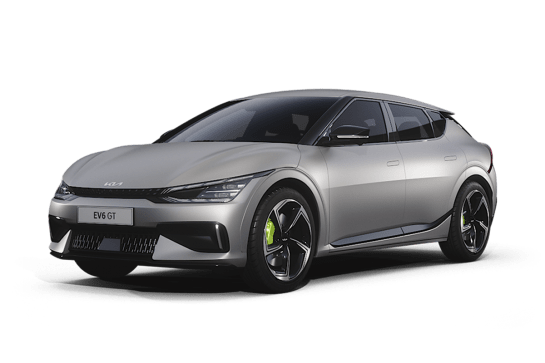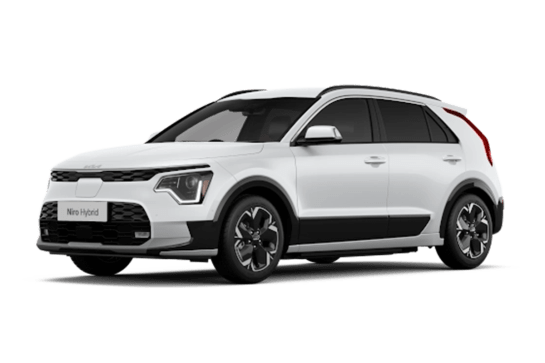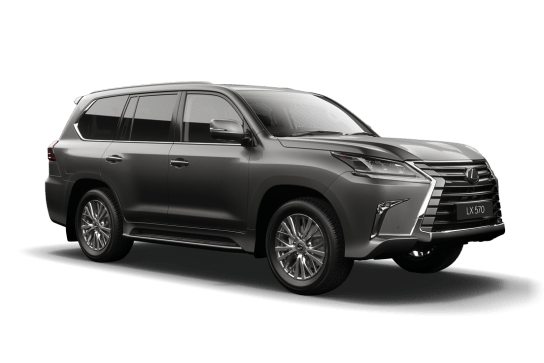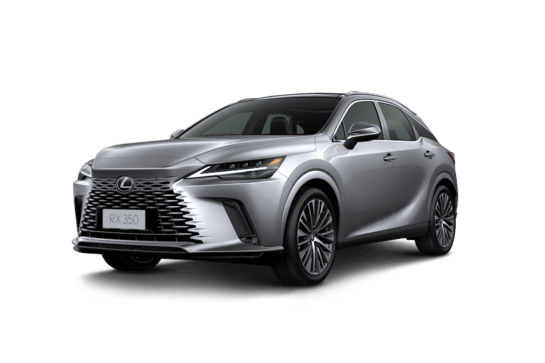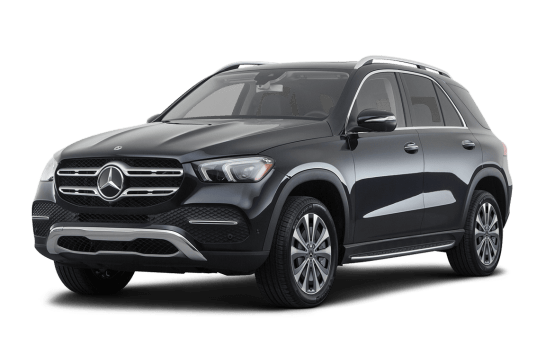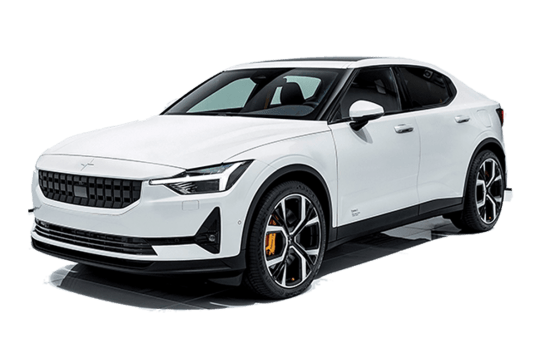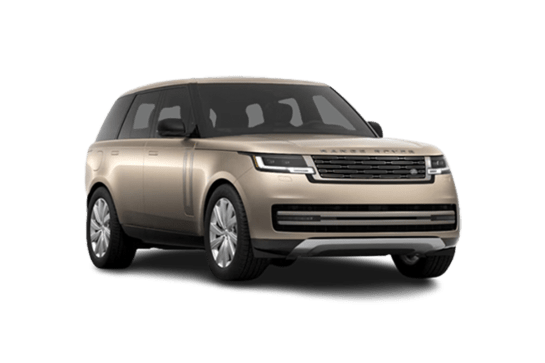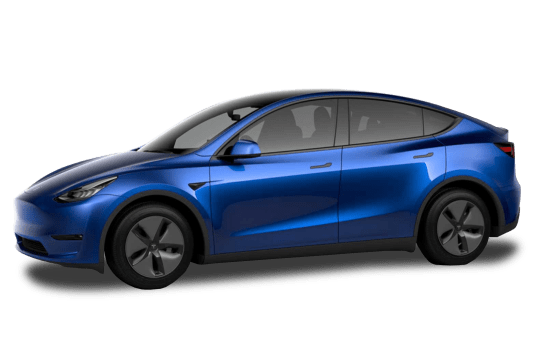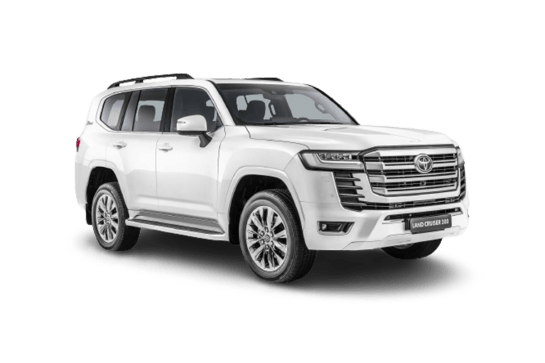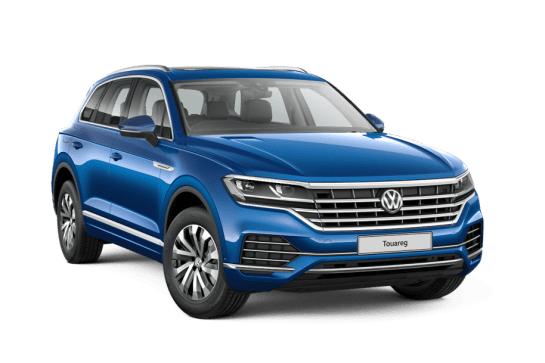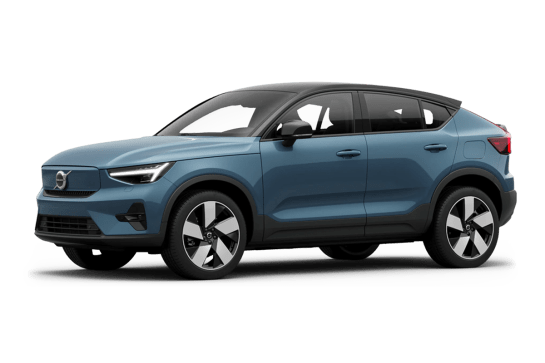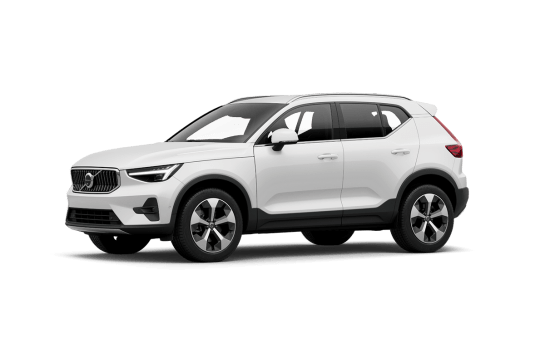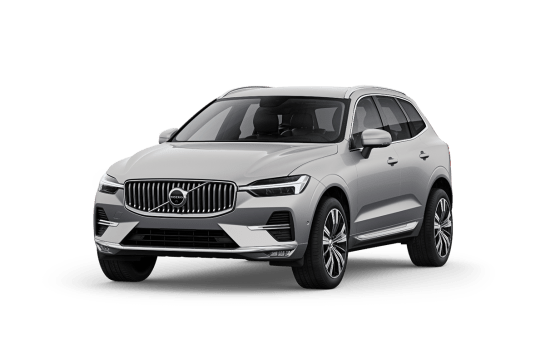
Range Rover Evoque VS Mercedes-Benz GLS-Class
Range Rover Evoque
Likes
- So much power!
- Incredible charging specs
- Luxury look and feel
Dislikes
- Painfully expensive
- Rude options list
- Be prepared to wait for delivery
Mercedes-Benz GLS-Class
Likes
- Refinement
- Practicality
- Safety
Dislikes
- Modest steering feel
- So-so warranty
- Pricey servicing
Summary
Range Rover Evoque
Range Rover has developed a bit of an image problem in the last few years.
To many the brand is still the face of a quintessentially British aspirational luxurious off-roader. But to a growing group, it has become synonymous with the concept of an environmentally reckless fuel-guzzling SUV.
They’re big, heavy, and still feature V8 engines, but Range Rover knows all too well the writing is on the wall for its increasingly infamous range of combustion vehicles.
The trouble is, customers love them, and while the I-Pace from sister brand Jaguar is a big leap into the future, there needs to be a happy medium for easing some of its existing customers away from combustion, while still offering the kinds of excess and aspirational performance the Range Rover brand is associated with.
Enter this car, the Evoque HSE P300e. It’s a plug-in hybrid, notably only available in the top trim level, with top-shelf performance, too.
Is it the right car to represent Range Rover’s entry-level model at a critical time of technological transformation? Let’s take a look.
| Safety rating | |
|---|---|
| Engine Type | 1.5L turbo |
| Fuel Type | Hybrid with Premium Unleaded |
| Fuel Efficiency | —L/100km |
| Seating | 5 seats |
Mercedes-Benz GLS-Class
If you’re in the market for a full-size, seven-seat, luxury SUV you’re obviously living life large. Big family, lots of friends, dogs and cats, and heaps of activity - horses, boats, camping?
You’re not in the BIG big-buck orbit of the Bentley Bentayga, nor are you ready to plug into the electrified matrix with the Tesla Model X.
You’re aiming at a six-figure bullseye between $130,000 and around $150,000. On a three-year novated lease, somewhere around three grand a month.
Which takes in the chunky Lexus LX and German ‘Big Three’ - the Audi Q7, BMW X7, and this car, the new, third-generation, Mercedes-Benz GLS.
Mercedes-Benz Australia invited us to experience the car on a launch drive across city, suburban and rural roads.
| Safety rating | |
|---|---|
| Engine Type | 3.0L turbo |
| Fuel Type | Hybrid with Premium Unleaded |
| Fuel Efficiency | 9.2L/100km |
| Seating | 7 seats |
Verdict
Range Rover Evoque7.9/10
The Range Rover Evoque is more highly specified and more luxurious than ever, and this plug-in hybrid version makes the most of what’s on offer with its slick but familiar feel from behind the wheel.
Unfortunately, it does have an eye-watering price tag to go with its classy design and the options list is a bit rude, all things considered, but the core offering is a solid luxury buy for city-slickers, nonetheless.
What makes the Evoque P300e stand out for me is its impressive EV driving range and excellent charging specs which make it as convenient as possible to make the most of its electrified features.
It’s up to the buyer whether these conveniences and the Range Rover badge are worth swapping into a car a full size down from its luxury plug-in rivals for the same money.
Mercedes-Benz GLS-Class8/10
The new GLS is everything you’d expect of a Mercedes-Benz with an S in its name. Luxury, performance, space, and in this case, thoughtful practicality. A super-capable, super-sized family truckster with the lot.
Design
Range Rover Evoque
The Evoque has always been a car all about its sleek, city-slicking design, an iconic piece of modern SUV art from Jaguar Land Rover head of design, Gerry McGovern.
With its shapely proportions, clever descending roofline, and a silhouette which successfully reflects a miniaturised version of the Range Rover, the Evoque is at once classy with a faint suggestion of toughness under the skin.
The blacked-out grille, slimline headlights, and contemporary strip across the tailgate all serve to add intrigue to this SUV, and the extra detailing in the front bumper, shapeliness of the bonnet, and contrast black trims (with extra contrast panels on our test car matching the gloss black wheels) serving to add to its premium appeal.
It’s important to remember, while the Evoque slides into a busy small SUV landscape now, it was one of the first to make a premium car so successfully appealing in this small SUV space way back in 2011 with the first Evoque, following Land Rover’s historic trend of being in front of the SUV curve.
Rival small SUV designs may have caught up in the minds of many with the likes of the Audi Q3, BMW X2, and Volvo XC40 shining in recent years, but few have won as many design accolades as the Evoque.
Range Rover seems to be leaning into a more upper luxury trend, not just with the pricing, but with the vibe of the car’s interiors, too.
The new generation Evoque, for example, took a big jump in the look and feel of its interior appointments when it launched in 2019, and over time has only consolidated its market positioning.
The HSE grade which our P300e hybrid arrives in is lavish on the inside, with lovely suede-like seats, intricate contrasting grey cloth trims in the doors (do I detect an influence from Volvo here?) and a plush-looking dash, all finished in soft-to-the touch materials.
Attention to detail, like the silver bezels which adorn the centre console and media screen, add to the premium flair which lifts the Range Rover badge above the Land Rover one, and I do like the way the additional function screen seamlessly melts into the piano finish and integrated dials. While it’s always a nightmare to keep gloss piano finishes clean, it looks oh-so primo.
It’s a little odd the P300e has analogue dials, which seems to miss the premium edge which a fully digital dash might provide although the 7.0-inch centre dash screen has a great resolution and speed, as well as a mostly well laid out operating system.
I found the R-Dynamic modes, which can sharpen up the accelerator response and steering buried two menus deep, unnecessarily hard to find, as were various EV information screens and other less important functions.
Mercedes-Benz GLS-Class7/10
Launched globally in mid-2019, Merc describes the GLS as the S-Class of SUVs, which is apt given its 5.2m length, 2.5-tonne mass, and ultra-premium specification.
As mentioned, the GLS is big; a step up from the already substantial model it replaces. Built with the US market in mind, in fact it’s produced in Tuscaloosa, Alabama, it’s more than five metres long, close to two metres wide, and over 1.8m tall. And there’s more than three metres between the axles, a 60mm wheelbase increase over the previous model.
And despite the size of the canvas, the Benz design team has managed to make the GLS look like a modern Merc. Signature elements include obvious ones like the slatted grille with a couple of three-pointed stars on the nose.
But there’s also, the carefully chiselled twin ‘power dome’ bonnet, scowling LED headlights and vents to aid front brake cooling and smooth aero performance around the front of the car.
The big beast’s off-road intent is highlighted by extensions around the wheelarches, with big optional 22-inch rims sitting underneath. The fact they look right-sized for the car speaks volumes about its scale.
The racy AMG Line package is standard, and a recess and pronounced character line, tightening the lower waistline is a familiar Merc treatment, plus alloy roof rails toughen the look while dialling up practicality.
The rear is relatively simple, borderline generic, with tapered tail-lights offering the only strong whiff of design personality. But believe it or not, thanks to careful detail sculpting of the body, and smoothing underneath the car it boasts a drag figure of Cd 0.32. Outstanding aero performance for a large SUV.
The driver and front passenger are presented with a sweeping dashboard dominated by twin 12.3-inch digital screens, one primarily covering the instruments, and the central screen managing the MBUX media system, including audio, nav, phone integration, car set-up, and more, plus ‘Hey Mercedes’ voice control.
The overall feel is simple, and restrained, yet massively confident, with a subtle colour palette, large squared-off elements defined by brushed metal finishes, and an obvious, intense attention to detail, from the haptic controls to the beautifully finished, multi-function steering wheel.
And the standard Burmester audio system includes a two-way in-car communication function that subtly amplifies the driver and front passenger’s voices for those in the third row, and vice versa. Sheer genius.
Practicality
Range Rover Evoque
While it still plays the role of Range Rover’s smallest SUV, the current Evoque is much bigger than the car it replaced in 2019. I would go so far as to say it’s deceptively large on the inside.
Front occupants are treated to a cabin which now feels almost as wide as an actual Range Rover, with plenty of room for elbows on either side, which are, of course, met by lovely soft-touch surfaces.
The raised console helps with the upmarket feel, as does the plush dash. The standard 14-way adjust front seats help to accommodate most passengers, with my only criticism being the large A-pillars and height of the dash can make it feel a little bit claustrophobic compared to some rival luxury SUVs.
Storage is offered through a set of large door pockets, a centre console box, dual bottle holders behind the shift lever, and a healthy nook underneath the climate controls, which also hosts a wireless charging bay.
The rear seats share the same comfortable rim as the front ones, and also have large pockets in the doors. Despite the descending roofline, I had just enough room for my head at 182cm tall although it is notable the space in the PHEV feels smaller with the raised floor needed to accommodate the batteries.
I had a little airspace for my knees behind my own driving position, too. The main drawback for rear passengers is the large transmission tunnel, making it difficult to accommodate an adult in the centre position.
There are adjustable air vents for rear passengers, but it is frustrating Land Rover has chosen to make rear USB-C charging ports an arbitrary $270 option.
The boot is also deceptively large for such a small SUV, measuring in at 472 litres (VDA), it’s above average for the small SUV class and fits the full CarsGuide luggage set, provided you remove the parcel shelf as it's just a smidge too high.
You'll also need to keep your charging cables in the boot, as there's no underfloor storage, the entire space being taken up by a space-saver spare wheel.
Mercedes-Benz GLS-Class9/10
Space is obviously a critical factor here, and no surprise there’s copious amounts of it inside the GLS.
Front seat passengers enjoy plenty of breathing room, without feeling remote from one another, and there’s lots of storage in the shape of a large lidded box/armrest between the seats, a decent glove box, two big cupholders and jumbo door pockets with room for large bottles.
There’s one data-enabled USB port in the front, two charge-ports in the second row, and four in the third row. Shouldn’t be any complaints about powering mobiles, tablets or games.
The second row feels every millimetre the SUV limo. Simply getting in and out is made easier because an auto lowering function drops the car 25mm when one of the doors is opened.
I was able to sit behind the driver’s seat set for my 183cm position with heaps of head and legroom on offer. And there’s an extra 10cm of electrically adjustable travel to play with if those in the third row agree.
The fold-down centre armrest features a lidded storage tray and twin pop-out cupholders. There are netted pockets on the front seatbacks, and again, the door bins are big enough for large drink bottles.
Three adults across the rear is a breeze, there’s climate control ventilation, and a huge glass sunroof is standard. Rather than asking ‘Are we there yet?’ the kids will be disappointed when you arrive!
Then there’s what the Cleary family refers to as ‘the way back seat.’ A pair of third row seats for the lucky kids that get to inhabit their own little world. Getting in and out is relatively civilised thanks to electric slide and tilt for the second row seats, and space is generous. I could sit comfortably, so the kids will be all smiles.
With all seats upright cargo capacity is enough for a seven-person day trip (355L VDA). Press the button to fold the 50/50 split-fold third row down and your options expand substantially (890L). And with 40/20/40 split-folding second row lowered, transportation of a full, three-ring circus is on the cards (2400L). Overall, more space than the arch enemy BMW X7.
Plus, the ability to lower the car 50mm thanks to the standard air suspension makes life even easier. And one button lowers the second and third rows at the same time.
The spare is a collapsible space-saver, and towing capacity for a braked trailer is 3500kg, with a tow ball weight of up to 140kg. The ESP system also features a trailer stabilisation function that counters oscillation with “braking intervention.”
Price and features
Range Rover Evoque
While we’re on the topic of excess, the Evoque HSE P300e certainly reflects it in the price tag. This plug-in starts from a whopping $105,060 price-wise putting it in the same league as luxury PHEV rivals a full size up.
Because there are no small luxury segment small SUVs in this league currently, we’re in fact forced to compare the Evoque to cars like the Volvo XC60 Recharge (from $100,990), BMW X3 xDrive30e ($107,000), or the particularly good-value Lexus NX 450h+ (from $88,323).
All are larger than our Evoque here, so it’s automatically at a disadvantage, and as is the usual case with Land Rover products, there’s an extensive and occasionally rude options list which can add thousands more to the price.
Our test vehicle, for example, had over $10,000 worth of options attached to it, only three of which (dual-zone climate with second row vents - $1000, and the additional Type 2 charging cable - $528) I would bother to add.
The included equipment at the HSE grade is good, with 20-inch alloy wheels, 14-way electrically adjustable front seats, Matrix LED headlights, a 10-inch tiltable ‘Pivi Pro’ touchscreen with wireless Apple CarPlay and Android Auto connectivity, as well as built-in navigation, and a second screen for the climate and car functions.
There’s also a semi-digital dash (oddly, with analogue dials for engine rpm and road speed, but a 7.0-inch digital element for everything else), the choice of either leather or suede interior trim, a leather-bound steering wheel, and keyless entry with push-start ignition.
It’s nice to see the Matrix LEDs as standard here, as well as a swish set of screens and a premium feeling interior. But it’s also frustrating things like digital radio ($520), a head-up display ($1690), data plan ($1040), and USB-C for the rear seats ($351) are optional on a car north of $100,000, especially since most of these are standard on its rivals.
One major catch is how long you might be waiting for one. Some dealer sources tell us customers will need to wait up to 12 months for delivery at the time of writing, so be prepared for this if you want one.
Mercedes-Benz GLS-Class8/10
The GLS launches in Australia with two models, the turbo-petrol GLS 450 4Matic at $146,500, before on-road costs, and the turbo-diesel GLS 400 d 4Matic at $153,300.
Specification is identical across the two variants, and when you’re competing against the likes of the Lexus LX570, Audi Q7 and BMW X7, as you might expect the list of standard features is lengthy.
Aside from the comprehensive suite of safety tech, covered in the Safety section below, the GLS equipment list includes, 21-inch alloy rims, adaptive high beam assist, air suspension, alloy roof rails, AMG body kit, a huge panoramic sliding glass sunroof, privacy glass from the B-pillar back, auto tailgate, keyless entry and start, rain-sensing wipers, cruise control, LED headlights, and power closing doors.
The power closing doors are a big plus for parents not wanting to disturb kids nodding off in the car, with the soft-touch function drawing the door in for the last few millimetres to an almost silent close.
Inside there’s ambient lighting (64 colours), strategically placed open pore oak wood trim, 13-speaker/590-watt Burmester surround sound audio, electric folding second and third row seats, a head-up display, ‘Mercedes-Benz’ branded illuminated sills, leather seat upholstery (‘Artico’ faux leather on the dash and doors), multi-adjustable electric seats in the front and second row (memory in the front), electrically adjustable steering column, leather-trimmed multi-function steering wheel, and five-zone climate control.
The multi-media system is spectacular, incorporating the twin 12.3-inch digital screens, the central media unit managing nav, digital radio, mobile device connectivity, Apple CarPlay and Android Auto, plus vehicle tracking. There are also remote vehicle status functions (door locking, valet parking, etc), global search (Amazon Alexa, Google Home, Yelp, and Trip Advisor), and a wireless device charging pad.
The basket of goodies can hold its head high in this part of the market, so the value equation stacks up well.
Under the bonnet
Range Rover Evoque
The Evoque now sports Jaguar Land Rover’s hybridised ‘Ingenium’ engine family across the range, and the set-up which appears in the plug-in hybrid model might be the most interesting.
It consists of a 1.5-litre three-cylinder combustion engine which is said to produce 147kW/280Nm, and an electric motor powering the rear axle producing 80kW, the two of which combine for an impressive quoted total output of 227kW/540Nm, driving all four wheels.
The motor sources its power from a 15kWh lithium-ion battery pack under the floor of the car, which provides a claimed 62km of fully-electric driving range.
Land Rover also replaced the mechanical brake pedal with a drive-by-wire one to allow for improved ‘blended’ regenerative braking.
Mercedes-Benz GLS-Class8/10
There are two engines on offer. The 3.0-litre (M256) in-line six-cylinder turbo-petrol GLS 450 4Matic, and the 2.9-litre (OM656) in-line six-cylinder turbo-diesel GLS 400 d 4Matic.
The all-alloy, twin-scroll single-turbo petrol engine delivers peak power of 270kW from 5500-6100rpm, and maximum torque of 500Nm across a broad plateau from 1600-4500rpm. It also features a 48-volt electrical system driving the ‘EQ Boost’ set-up, able to deliver an extra 16kW/250Nm for short periods. The integrated starter-generator also enables energy recuperation.
Although the all-alloy, twin-turbo diesel features variable valve lift it gives some ground on power, offering up 243kW between 3600-4000rpm, but torque is a solid whack, with 700Nm on tap from 1200-3000rpm. Worth noting, that to minimise emissions this engine features a “selective catalytic reduction converter” in the exhaust, which brings with it the use of an ‘AdBlue’ reducing agent. The separate AdBlue tank has a capacity of 31.6 litres.
The nine-speed auto transmission is the same in both versions, although the diesel has a slightly lower final drive ratio.
Efficiency
Range Rover Evoque
Claimed energy consumption on the combined WLTP cycle for the Range Rover Evoque P300e is 2.0L/100km. As with all plug-in hybrids though, this will heavily depend on how it is driven.
The 15kWh battery is said to provide a 62km driving range (again, on the WLTP cycle), which seems healthy for a PHEV, and I was pleased to find that my car was reporting about 56km on a full charge, not far off the claim.
Importantly, the Evoque has stellar charging specifications, which make it ideal for a city-slicker with minimal time to conveniently charge.
I was shocked to find a DC charging port when I flipped open the panel, which is capable of charging the tiny battery up in just 20 minutes (at a peak rate of 35kW), while on a slower but easier-to-find AC charger, it can extract 7kW allowing a charge time of around two hours.
This is well above par for a plug-in hybrid, and makes charging quick, painless and convenient, even for those who can’t charge at home.
As a result of this ease-of-charging and therefore minimal time spent in the hold or hybrid modes, my car reported an astounding 1.0/100km of fuel consumption during my week, covering mostly urban kilometres.
The only drawback is the need to fill this small turbo engine with mid-shelf 95RON fuel.
Mercedes-Benz GLS-Class8/10
Claimed fuel economy for the combined (ADR 81/02 - urban, extra-urban) cycle for the GLS 450 is 9.2L/100km, the more frugal GLS 400 d trimming that to 7.7L/100km. The petrol 450 emits 210g/km of CO2 in the process, the diesel 400d dropping that slightly to 202g/km.
Stop-start is standard, you’re looking at premium unleaded for the 450 GLS, and you’ll need 90 litres of dinosaur juice to full the tank on both models.
Driving
Range Rover Evoque
The second-gen Evoque is still the lovely, luxury, small SUV it was when it launched in 2019, and this plug-in hybrid version only serves to improve the formula, adding sleek electric driving characteristics to the already-smooth turbo engine and torque converter automatic.
Interestingly, and like its Volvo XC60 rival, the electric motor is located on the rear axle, giving this car the odd characteristic of being rear-wheel drive when driven electrically, or predominantly front-wheel drive when driven in combustion mode.
Speaking of modes, this car does the bulk of the management, with only three driving modes available to the pilot. These include the default ‘hybrid’ mode, which as the name suggests, blends the two power sources with more of an emphasis on electric driving when the battery is charged.
There's also an electric mode, which will only use the rear axle motor until the battery runs out, and a ‘Hold’ mode which will still blend the two sources but predominantly rely on the combustion engine to maintain the car’s state of charge.
You might want to use the last mode if you're travelling long-distance, to maintain the electric range for where it is most efficient - in low-speed stop-start driving.
The regenerative braking is not adjustable, having just a single mild level. It’s far from the single-pedal driving you can experience in a fully electric car, but Land Rover has made the brake pedal fly-by-wire so it can blend increased regen with the mechanical brakes.
It makes for a familiar experience from behind the wheel for those coming straight out of a purely combustion vehicle.
The electrified brake pedal does have the consequence of removing a bit of feel for a keen driver, and the same can be said for the rather slow steering tune in the default settings which makes the Evoque feel more luxurious and less sporty or reactive than it could be.
It’s a shame, because the two power sources combine to make for a thumping amount of power when you stick your boot in, and the all-wheel drive system and nicely balanced suspension keep this little SUV well under control in the corners.
As with my original Evoque range review in 2019, though, it is notable how heavy this SUV feels, particularly compared to some rivals like the Audi Q3.
The heftiness suits the Evoque's expanded dimensions and even more upmarket feel, but despite the power on offer it’s not an agile SUV to be carving corners in.
At least the ride quality and quietness is superb, making the Evoque an ideal SUV for driving around the centre of pothole-stricken Sydney, with a notable amount of poise. At the end of the day, isn’t that what this Range Rover was built for?
Mercedes-Benz GLS-Class7/10
Merc claims the GLS 450 will sprint from 0-100km/h in 6.2sec, and the 400 d in 6.3sec. Not hanging around for a 2.5 tonne mothership. But the standout is the 400 d’s torque. All 700Nm of it available from just 1200rpm to 3000rpm; right in the mid-range sweet spot.
The nine-speed auto transmission is smooth yet responsive, with paddles on the wheel for manual shifts when you want to pick the ratio. The combination of effortless grunt and the nine-speeder keeping things on the boil is an impressive one.
Suspension is by double wishbones at the front and multi-links at the rear, and while you can feel the weight in cornering, the standard Airmatic air suspension (which does away with steel springs) is superb in terms of ride comfort and body control.
We took a deep breath and pushed enthusiastically through a series of sweeping corners and the fat (285/45 fr - 325/40 rr) Continental ‘PremiumContact 6’ rubber wrapped around our car’s (optional) 22-inch rims gripped hard.
The ‘4Matic’ all-wheel drive system also seamlessly shuffles torque between the front and rear axles (theoretically up to 100 per cent in each direction).
Merc has put extra focus on body rigidity, the tuning of engine and suspension mounts, and sound absorption, and it shows. The GLS 400 d is beautifully refined on the highway. A neat touch is the car automatically lowering 15mm at motorway speeds or when ‘Sport’ mode is selected.
Steering is electromechanically assisted, and Merc says the front suspension geometry has been revised to minimise vibration through the wheel. And yes, feedback is minimal, but unfortunately so is road feel with only a general connection between your hands on the wheel and the front tyres on the bitumen.
When you’re steering a large beast like this, often with something substantial hitched to the back, you want to know braking performance is up to the task, and the GLS’s big ventilated discs all around deliver reassuringly strong stopping power, with nice, progressive pedal feel to boot.
The seats are adjustable six ways to Sunday, but beyond that they’re comfortable and supportive, even over long stints behind the wheel.
We stayed on the bitumen, because, let’s face it, that’s where this car will spend 99.9 per cent of its time, with the exceptions of the boat ramp, a ski weekend or pony club.
For those special occasions the optional ‘Off-road engineering package’ adds a low-range transfer case, inter-axle locking, hill descent control, and under body armour for more serious work.
Safety
Range Rover Evoque
Despite its long options list, thankfully all key safety equipment is standard on the Evoque. Active items include auto emergency braking, lane keep assist with lane departure warning, blind spot monitoring with rear cross-traffic alert, traffic sign recognition, driver attention alert, a clear exit monitor, and adaptive cruise control.
Only two items which could be considered under the safety umbrella remain on the options list (the options list becoming a recurring theme in this review), a 360-degree parking camera ($500), and the ‘ClearSight’ rear view mirror, which is able to show a camera view out the rear if the mirror is obscured by luggage or people in the cabin ($1230).
Elsewhere, the Evoque scores two ISOFIX child seat mounting points on the outer rear seats, and three top tethers across the rear row.
There are six airbags, and despite notably missing a front centre airbag, which is often required for a maximum safety rating to today’s standard, the Evoque maintains the maximum five-star ANCAP safety rating it was awarded in 2019. For the record, it scored very highly across all categories.
Mercedes-Benz GLS-Class10/10
At the time of this launch drive the GLS hadn’t been safety assessed by ANCAP, but you could make a small wager, like every penny you have to your name, that it will score a maximum five stars.
The expected active features are there, including ABS, ASR, and ESP, with additional tech including ‘Active Blind-Spot Assist’, ‘Active Brake Assist' (Merc-speak for AEB), active lane keeping and lane change assist, ‘Adaptive Brake’, ‘Attention Assist’, ‘Evasive Steering Assist’, ‘Parktronic’ (active parking assist with 360-degre camera), rear cross-traffic alert, traffic sign assist, and a tyre pressure warning system.
Then, if all that isn’t enough to avoid an impact the GLS is equipped with nine airbags (front and pelvis side for driver and front passenger, side for outer rear seat occupants, full-length curtain, and a driver’s knee bag), an active bonnet to minimise pedestrian injuries, and the ‘Pre-Safe Plus’ (flashes rear hazards to warn drivers closing too quickly from behind, tightening the belts at the same time, and locking the brakes if the GLS is stationary with a rear impact imminent).
Ownership
Range Rover Evoque
As of April, 2021 all Land Rover products are finally covered by an industry-standard five-year and unlimited kilometre warranty, matching its key rivals, and beating out BMW which persists with an old three-year warranty promise. Five years of roadside assist is also included for the duration.
When it comes to servicing, the P300e is available to be purchased with a five-year plan ($2650 - $530 annually) which covers 102,000km of visits.
This pack is well worthwhile as Land Rover servicing is generally quite expensive when purchased a-la-carte.
Mercedes-Benz GLS-Class7/10
The Mercedes-Benz range is covered by a three year/unlimited km warranty, which, like Audi and BMW continues to lag behind the mainstream market where the majority of players are now at five years/unlimited km, with some at seven years.
On the upside, Mercedes-Benz ‘Road Care’ roadside assistance is included in the deal for three years.
Service is scheduled for 12 months/25,000km (whichever comes first) with pricing available on an 'Up-front' or 'Pay-as-you-go' basis.
As a guide, service pricing for the outgoing GLS is set at $2600 per service (up-front) and $3250 (PAYG), a saving of $650 a pop. Fourth and fifth services are also available for pre-purchase ($3550 and $4900).



